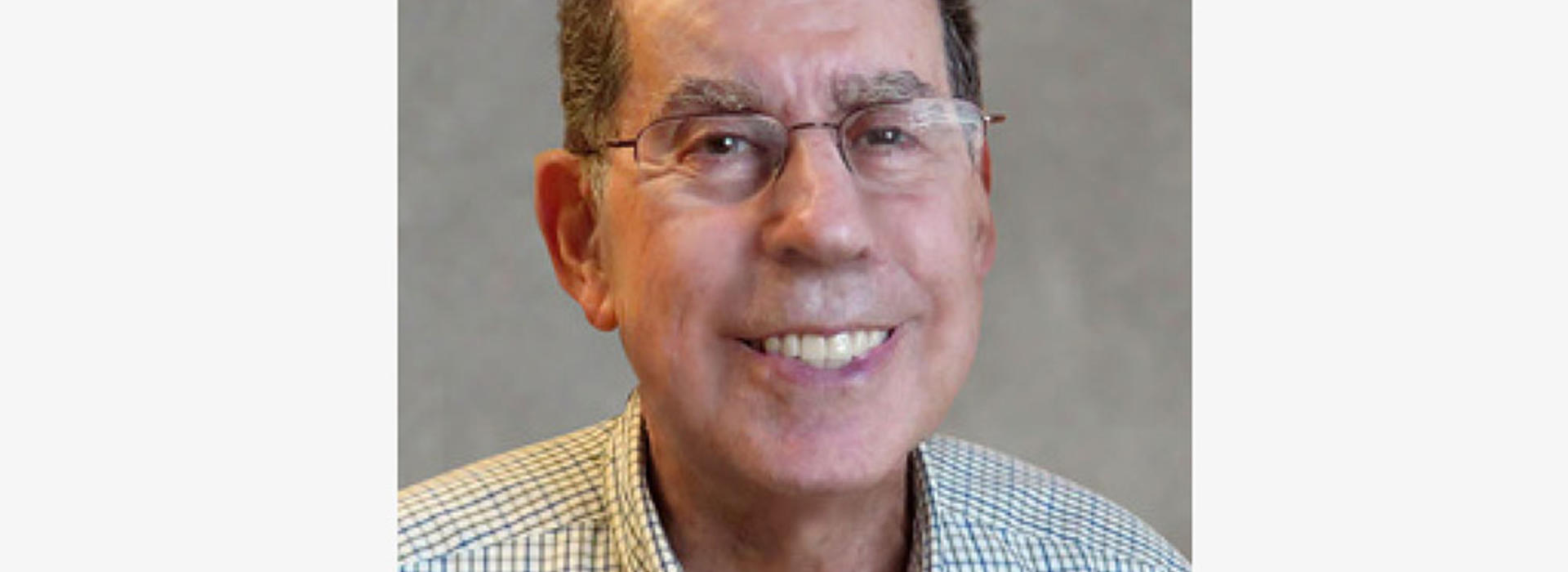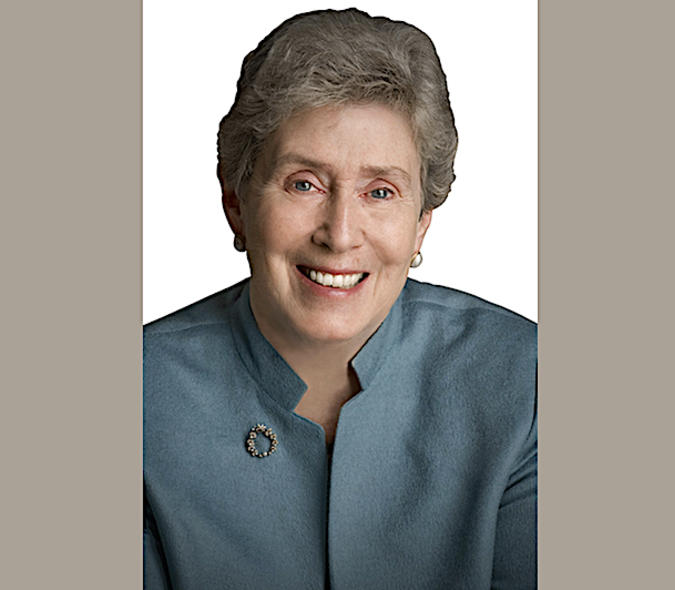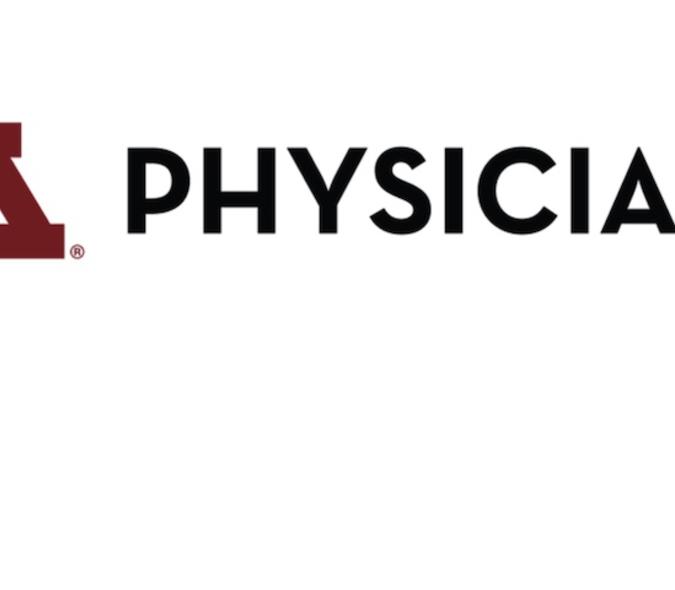
LMP Remembers Stanley Finkelstein
The Department of Laboratory Medicine and Pathology is remembering LMP professor emeritus Stanley Finkelstein, a faculty leader in health informatics who was a true pioneer in developing patient monitoring and home telehealth applications over more than three decades. Finkelstein passed away Oct. 12.
Finkelstein joined the department in 1977 after earning B.S. and M.S. and degrees in electrical engineering and a PhD. in electrical engineering and system science-bioengineering from the Polytechnic Institute of Brooklyn, where he was assistant and then associate professor from 1969-1977. He was also a lecturer at Mt. Sinai School of Medicine’s Department of Surgery from 1968-1977. He became LMP full professor in 1990. Finkelstein was Director of Graduate Studies in Health Informatics from 1986-1997 and in Biomedical Engineering from 1996-2006 and was Associate Director of the Division of Health Informatics from 2003-2007. During his tenure the health informatics group was the premier training program in the country.
Finkelstein published more than 200 scientific papers, gave more than 200 scientific presentations, and was awarded 16 patents while an LMP faculty member. With University cardiologist Jay N. Cohn he started Hypertension Diagnostics, Inc., an Eagan company engaged in the design, development, manufacture and marketing of medical devices that non-invasively detect subtle changes in the elasticity of large and small arteries. Finkelstein was a Fellow of the American Institute for Medical and Biological Engineering and the Biomedical Engineering Society. He was a member of the NIH’s National Advisory Council on Nursing Research from 2008-2012.
In an LMP interview in early 2018, Finkelstein reflected on telehealth: “For the thirty odd years that we’ve been doing this, initially there was very, very slow movement, but lately it’s been amazing in terms of how fast things are going.” He observed that American Telemedicine Association’s weekly newsletter has a regular update of newly funded projects, with predictions of steep funding growth into the future. “There’s been a lot of progress and lots of support for hospital to hospital, for clinic to clinic, clinic to provider, but much less support for provider to home or home to provider [transfer of data],” he said.
With respect to home monitoring, the situation is improving, Finkelstein said. “When we started, nobody did anything because they felt patients were not capable of doing this work. The studies that have been progressing over the years have demonstrated that that’s not true. If you teach the right way and you put the system together appropriately, patients can do it, and do do it. They don’t do it one hundred percent. They don’t do it all the time. But they do it frequently enough and well enough for investigators to get reasonably useful clinical data.”
The Institute for Health Informatics has a biographical sketch and an interview with Finkelstein as part of its Oral History Project.



